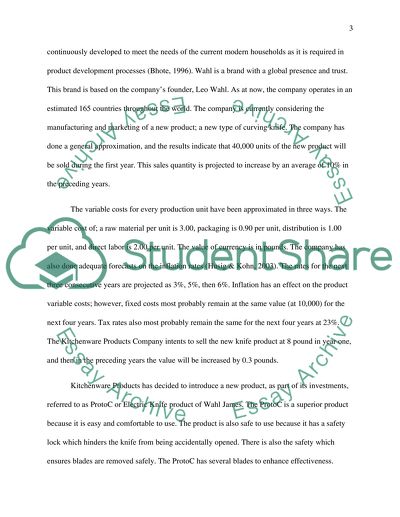Cite this document
(“Kitchenware Products Essay Example | Topics and Well Written Essays - 2750 words”, n.d.)
Kitchenware Products Essay Example | Topics and Well Written Essays - 2750 words. Retrieved from https://studentshare.org/marketing/1649076-kitchenware-products
Kitchenware Products Essay Example | Topics and Well Written Essays - 2750 words. Retrieved from https://studentshare.org/marketing/1649076-kitchenware-products
(Kitchenware Products Essay Example | Topics and Well Written Essays - 2750 Words)
Kitchenware Products Essay Example | Topics and Well Written Essays - 2750 Words. https://studentshare.org/marketing/1649076-kitchenware-products.
Kitchenware Products Essay Example | Topics and Well Written Essays - 2750 Words. https://studentshare.org/marketing/1649076-kitchenware-products.
“Kitchenware Products Essay Example | Topics and Well Written Essays - 2750 Words”, n.d. https://studentshare.org/marketing/1649076-kitchenware-products.


